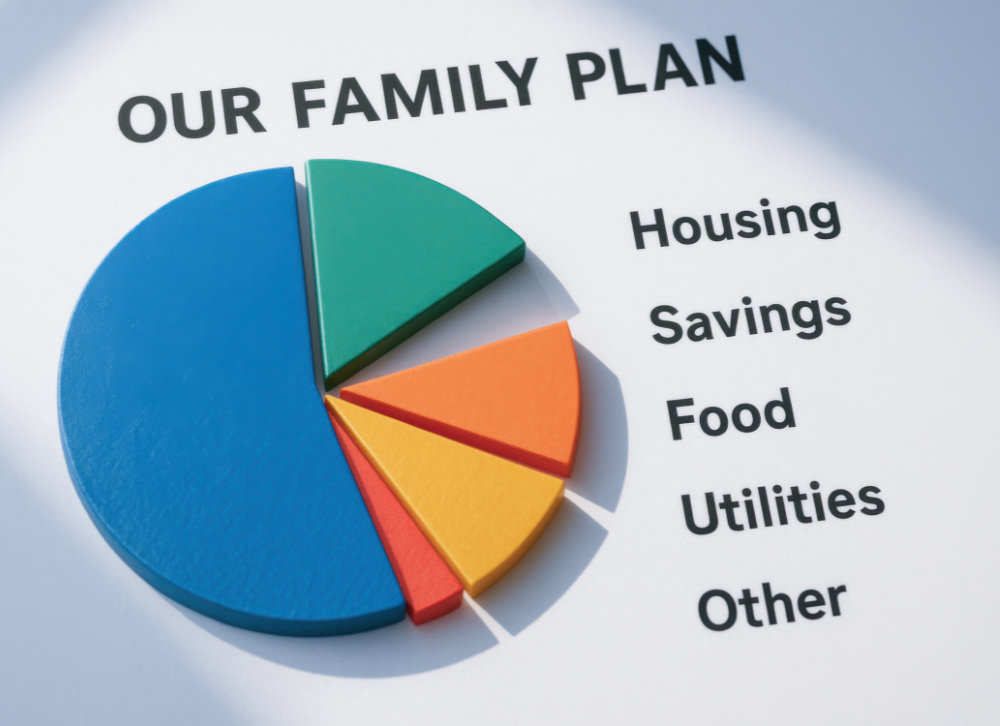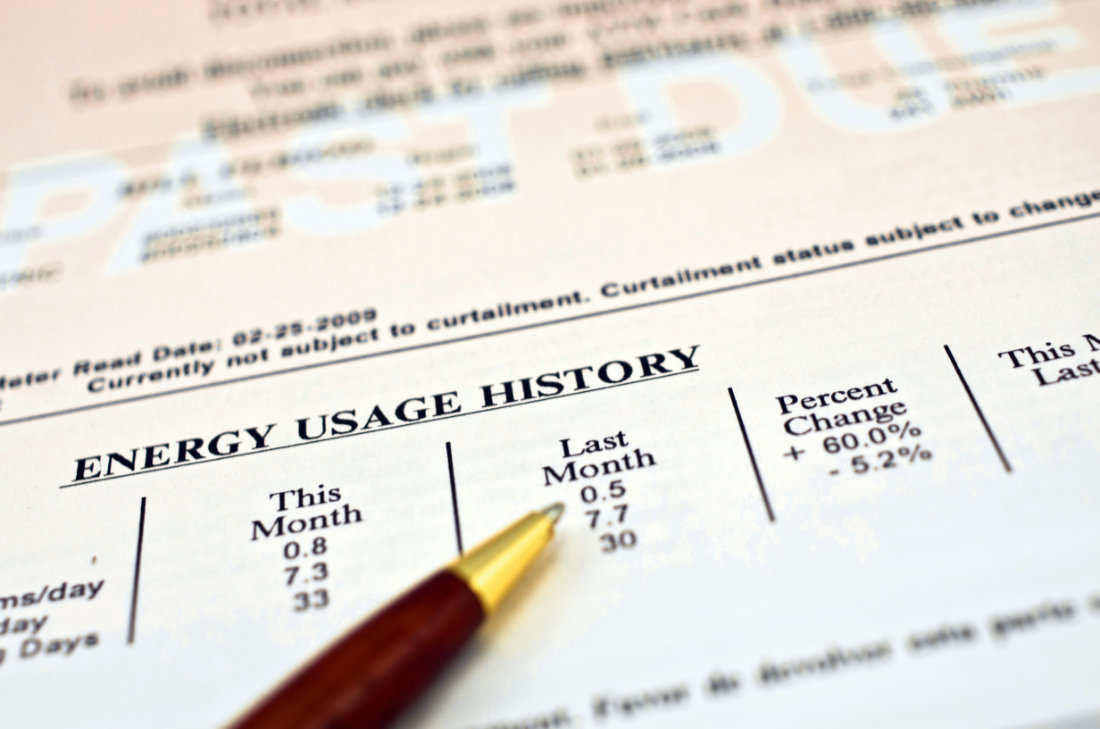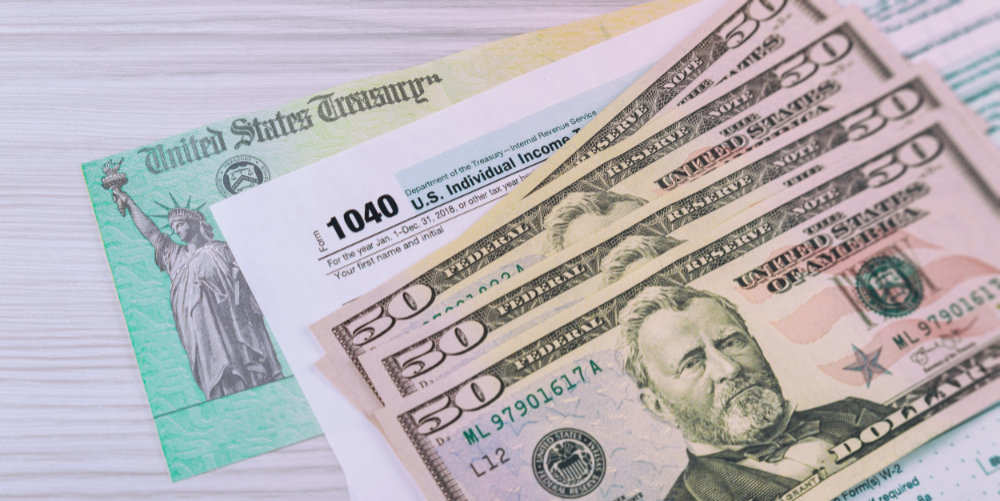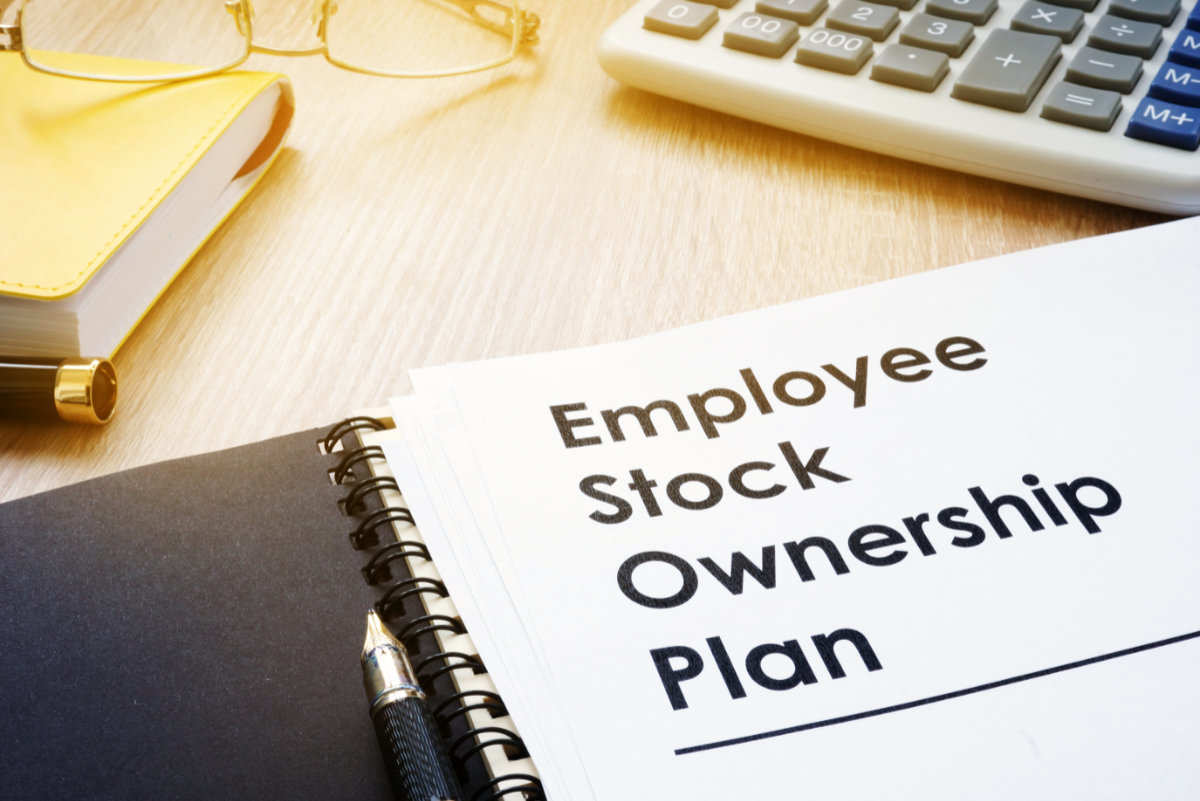Expert Advice For Handling a Money Windfall
September 18, 2025
Sudden financial windfalls don’t just change your bank balance—they can shift your entire outlook. Whether the money comes from an inheritance, a legal settlement, the sale of an asset, or a lucky day at the lottery office, the excitement can quickly be accompanied by uncertainty. What should you do first? Who do you call? And how do you make sure it doesn’t disappear as fast as it arrived?
Many people assume the hardest part is over once the money arrives. In reality, that’s just when the real decision-making begins. With some professional guidance and a practical mindset, your windfall can serve not just as a momentary reward, but as a foundation for lasting financial strength.
Hit Pause Before Making Big Changes
It’s tempting to react quickly—especially when a lump sum appears overnight. The urge to pay off debt, help family, buy something symbolic, or upgrade your lifestyle is completely normal. But unless the funds are urgently needed, the smartest first move is to simply wait.
Many CPAs recommend temporarily placing the money in a secure, interest-earning account. It doesn’t need to sit there forever, but it gives you space to breathe and make decisions from a calm, informed place. If your windfall came with emotional weight—like the passing of a relative—this pause becomes even more valuable.
Assemble a Support Team You Trust
Next, build a small circle of professionals to guide your next steps. This typically includes a CPA, a financial advisor, and depending on your situation, an estate planning attorney. If the windfall is tied to real estate or a business, you may need additional specialists.
What matters most is working with professionals who listen, explain your options clearly, and respect your goals. A good CPA will start by helping you understand the tax implications. Not all windfalls are taxed the same—some, like gifts or life insurance, may be excluded. Others, like legal settlements or investment gains, could be taxable immediately or over time.
Look at the Whole Financial Picture
Now’s the time to consider how this new money fits into your life. If you already have a budget, it may need to be updated. If you’ve never had a financial plan, your CPA can help you build one.
Here are some questions to explore:
-
Do you have high-interest debt that should be paid down?
-
Is your emergency fund fully stocked?
-
Are there major expenses—like education or home repairs—you’d like to plan for?
-
Would you like to invest some of the funds for long-term growth?
It’s also helpful to take stock of your current income, obligations, and risk tolerance. A windfall doesn’t automatically change your comfort level with money. You don’t have to become an investor overnight—but understanding how your assets work together can help you make smarter choices.
Taxes, Gifts, and Giving Back
Depending on the amount you’ve received, you might be thinking about generosity—either through charitable giving or helping loved ones. This is where tax planning becomes critical. Giving without a plan could result in gift tax liabilities, missed deductions, or unintended consequences for both you and the recipient.
Charitable donations, when done strategically, can support causes you care about while offering tax benefits. In some cases, setting up a donor-advised fund allows you to take an immediate deduction while giving over time. Your CPA can help you navigate these options to keep things compliant and beneficial.
If you're helping family or friends, consider discussing boundaries with your financial team first. You may also want to document the support you give. This doesn’t mean you’re being cold—it’s about protecting relationships and making sure everyone’s expectations are clear.
Avoid Common Pitfalls of Sudden Wealth
It’s surprisingly easy to burn through a windfall, even with the best of intentions. Lifestyle creep, impulsive decisions, and bad advice have derailed more than a few people in your shoes. Here are a few key missteps to watch for:
Rapid lifestyle inflation: Buying a new car, taking trips, or upgrading your home all at once can quietly drain your resources.
Risky or rushed investments: If someone promises a guaranteed return or pressures you to act fast, that’s a red flag.
Lending large amounts: Loans to family or friends can get emotionally complicated—and often go unpaid.
Neglecting taxes: Failing to set aside money for future tax obligations can create a painful surprise later.
With a strong plan, none of these are inevitable. But being aware of them early gives you the upper hand.
Make Room for Long-Term Goals
Once the immediate financial housekeeping is done, you can think more aspirationally. What do you want this windfall to accomplish five, ten, or twenty years from now?
Some people use a portion to fund retirement earlier than expected. Others finally launch a small business, support a child’s education, or pay off their mortgage. The goal isn’t to spend the money down, but to align it with the life you want to live.
One helpful tip: think in percentages. Instead of dividing the windfall by category (e.g., $50,000 for this, $30,000 for that), many CPAs recommend assigning rough percentages—say, 40% for long-term investing, 30% for major goals, 20% for savings, and 10% for enjoyment. This structure helps prevent overcommitting funds before you’ve explored all the possibilities.
Stay Grounded—And Keep Checking In
It’s easy to think of a windfall as a one-time event. But the decisions you make now will continue to shape your financial story for years to come. Set regular check-ins with your CPA to make sure your plan still fits your needs. As life changes—new job, relocation, family shifts—your strategy can evolve with it.
And don’t forget to protect what you’ve gained. Update your insurance coverage, refresh your estate documents, and make sure your new assets are titled and tracked properly.
Receiving a financial windfall is a rare opportunity—but it doesn’t need to feel overwhelming. With steady advice and a thoughtful plan, it can become one of the strongest stepping stones toward a more secure and intentional future.
If you’ve recently come into money and want guidance on what to do next, reach out to your CPA today. They’ll help you take the guesswork out of the process and support you in making confident, long-term decisions.
by Kate Supino









